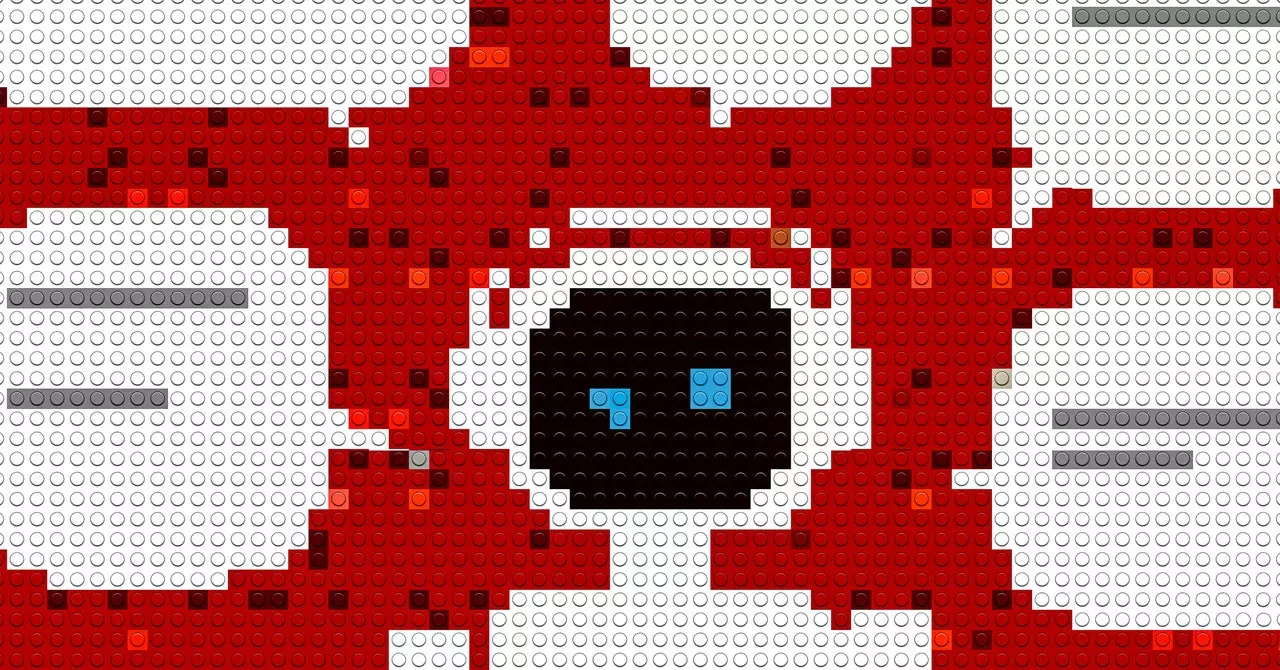In today’s world, there is no shortage of AI tools that promise to make our lives easier, more efficient, and more productive. From image generation to text summarization, there seems to be a tool for everything. However, it is essential to be critical of these tools and recognize their limitations before relying on them too heavily.
One such tool that I have personally experienced frustration with is Midjourney. While the process of creating images with Midjourney can be fun, the output often lacks quality and coherence. The limited options for customization and the restriction to square images can be particularly frustrating, especially for blog posts where versatility is key. However, I later discovered that adding specific dimensions to the prompt could generate non-square images, revealing that there may be hidden capabilities within the tool that are not immediately apparent.
Another tool that has garnered both praise and criticism is ChatGPT. Despite its widespread adoption by writers, it has its limitations when it comes to creative work. The output generated by ChatGPT is based on existing data and programmed algorithms, making it unsuitable for truly original content. However, it can be a valuable resource for generating ideas, finding synonyms, and streamlining research efforts. Its lack of up-to-date knowledge data can be a drawback, but it remains a useful assistant for tasks such as brainstorming titles and formatting citations.
On the other hand, Otter.ai has its own set of challenges, particularly in its transcription capabilities. While it can provide accurate transcripts of interviews and meetings, the platform’s glitchy nature and intrusive features can be off-putting. The default settings that allow the platform to join meetings uninvited and share transcripts with participants without consent can create awkward situations and compromise professional relationships. Finding the right balance between efficiency and privacy remains a challenge for users of Otter.ai.
Ultimately, relying too heavily on AI tools can come at a cost. While they can offer convenience and automation, they may not always deliver the desired results or align with individual preferences. The quest for the perfect automated tool can lead to wasted time and resources, highlighting the importance of exercising human judgment and creativity in the decision-making process. While AI tools can be valuable aids, they should not replace the unique perspective and intuition that humans bring to the table.
It is crucial to approach AI tools with a critical mindset and an awareness of their limitations. While they can offer significant benefits in terms of efficiency and productivity, they are not infallible and should be used judiciously. By understanding the strengths and weaknesses of each tool and incorporating them into a well-rounded workflow, we can harness the power of AI while preserving the human touch that is essential for creativity and originality. Remember, the magic of AI lies in its ability to enhance, not replace, human ingenuity.


Leave a Reply
You must be logged in to post a comment.